Today, almost 6.3 billion people in the world use smartphones. To put it into perspective, that’s almost 80% of the current world population. Considering that smartphones and social media have become one of the primary sources of entertainment for such a large population, the media and entertainment industry needs to embrace big data analytics to ensure that their customers keep coming back for more.
With the help of big data analytics, you gain insights into changing customer behavior and then tailor your services accordingly. Some of the leaders in the media industry, such as Hulu, Disney, and Netflix, have been using big data to enhance customer experiences by recommending the right kind of content according to their likes.
But to ensure that big data helps you identify business opportunities and monetize your content, you need an analytics tool that is not only accurate but also easy to use. And what better tool to use than Looker, which helps you deliver data-driven experiences in no time?
Leveraging this remarkable tool with the help of a Looker verified consulting partner like Persistent will help you embed it into your business workflows to deliver impactful data experiences to your audience.
Let’s find out more about how big data analytics with the help of Looker and Persistent impact the media and entertainment industry.
1. Audience interests prediction
One of Deloitte’s reports describes how the way people consume media has remarkably changed over the last ten years. This has opened up more opportunities as well as challenges for the media and entertainment industry.
The new generations—Millennials, Gen Z, and even Generation Alpha, to some extent—stream content on the internet more than they do on the TV. In fact, the revenue of the video-on-demand segment is projected to reach USD 159.62 billion by 2027.
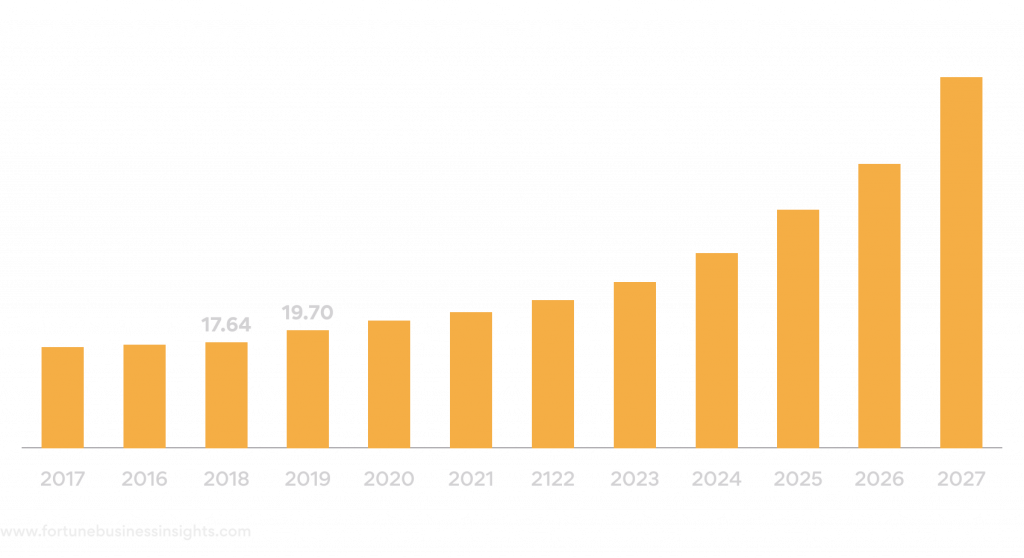
Considering these numbers, it is important that, as a media and entertainment business, you give the audience what they need most, something that is of their interest. Looker helps with just that!
When you conduct big data analytics using Looker, you get to figure out what kind of content, shows, music, and movies different sets of your audience enjoy. This is calculated with the help of viewing history, location, clickstreams, searches, and reviews—all of which are neatly presented by Looker.
You get deep insights into audience behavior, using which you can syndicate content that appeals to your viewers as per their preferences.
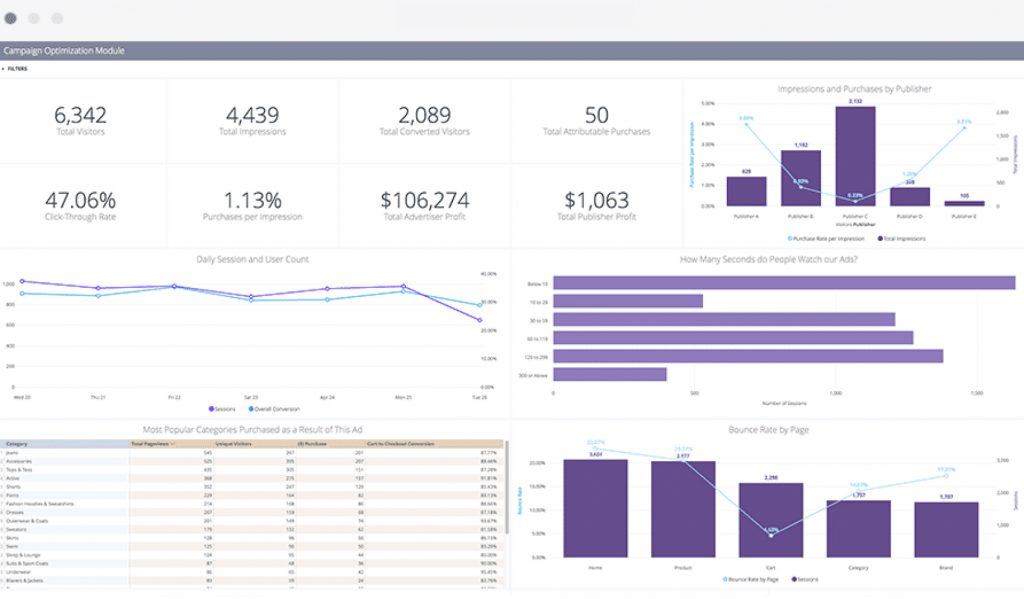
2. Content monetization and new product development
By leveraging Looker for big data analytics, media and entertainment companies can also generate new sources of revenue. This is because it suggests how to incentivize the behavior of the audience, gives insights on the value of the content you plan on sharing, and helps you identify new product opportunities.
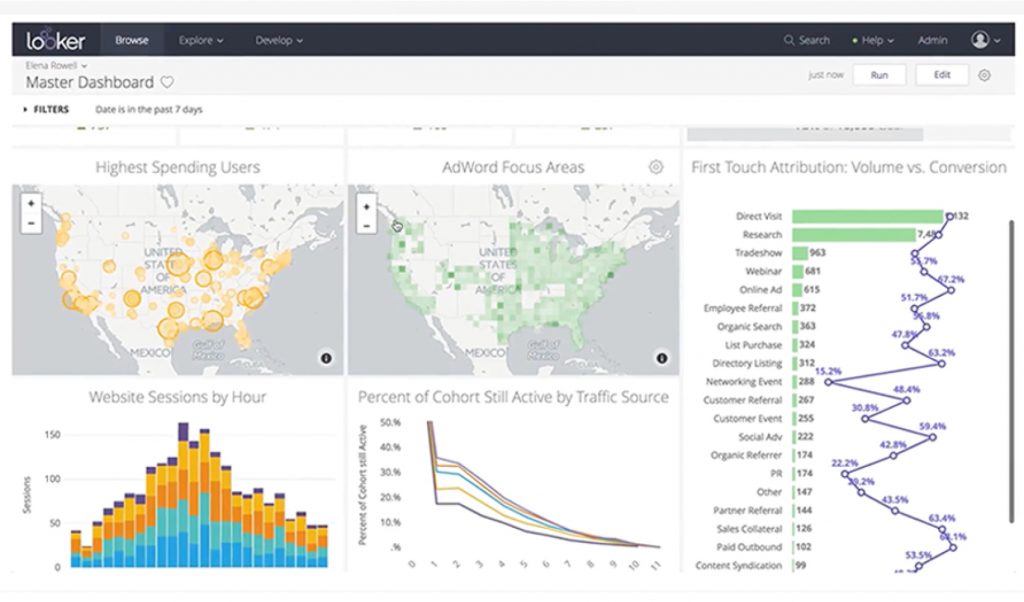
Using big data insights to understand customer behavior can also help you identify how your content can be of value. This way, you would know the kind of content that will appeal to your audience in the future.
If you can do this before your competitors, you will have a higher chance of generating revenue from new product development, in this case, new content development.
Since so many people are now using smartphones and have easy access to the internet, you can reach a large chunk of the population that is digitally connected. This way, you will have more ways to monetize your content with the help of big data analytics with Looker.
3. Effective ad targeting
It is no news that the media and entertainment industry thrives on programmatic advertising. Unfortunately, most businesses do this randomly without structuring their ads. This results in irrelevant content being shared with the wrong audience. Thus, a lot of money is wasted on something that doesn’t yield the results one hoped for.
When you perform big data analysis with the help of Looker and Persistent, you get to develop ads to target a specific set of audiences. Through data insights, you shall be able to see the exact needs of your customers and pinpoint their preferences.
Moreover, you will be able to see what kind of content is most watched and at what time and duration. Not just that, you will also see the type of device the audience is watching the content in.
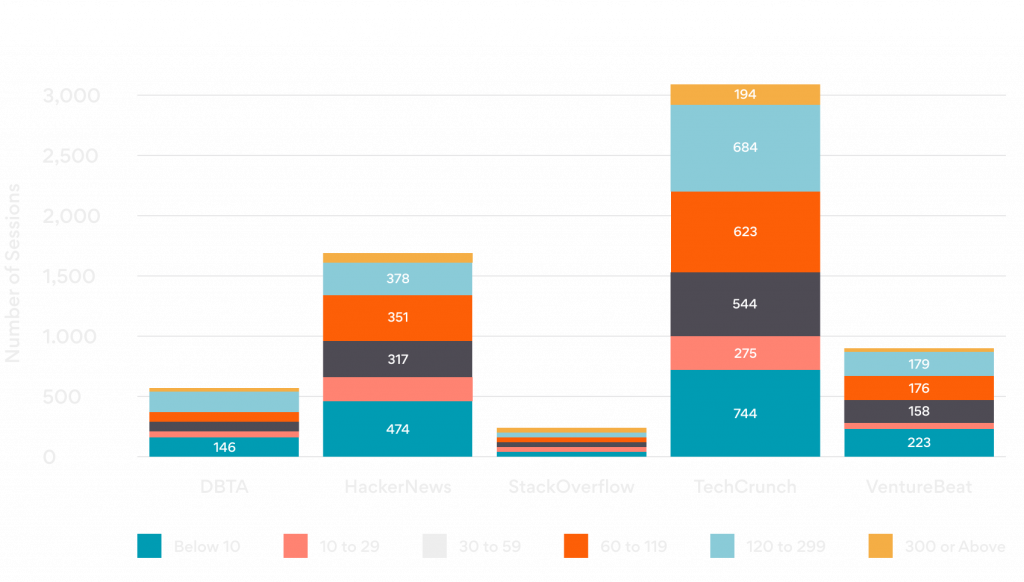
Combining this data will help you conduct effective ad targeting campaigns by optimizing your content, which will, in turn, give you higher conversion rates or TRP. Designing data-driven customer experiences will be a cakewalk with Looker and Persistent.
4. Detailed performance analysis
Businesses get real-time insights into the performance of their shows with respect to their competitors and make improved strategic decisions.
Imagine churning out reviews and comments about your content from a host of social media channels and looking through them day in and day out to make sense of them. Not only is it a time-consuming task but it also gives way to missed opportunities.
With the help of big data analytics, media and entertainment businesses can generate reports that are based on the demographics of their audience. This way, you will know which channels are performing best and for which demographics.
Looker will give you data insights on why your customers subscribe or unsubscribe to your channel. You can then make strategic decisions by analyzing the real-time performance of your content.
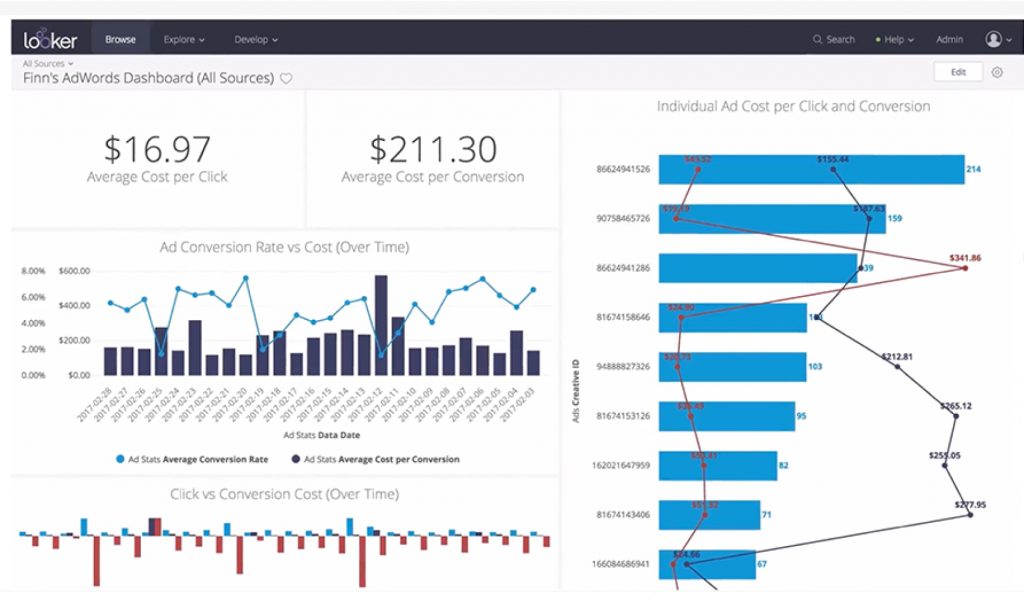
Conclusion
The fact that the internet is now easily available to more people now more than ever, thanks to 5G technology and Elon Musk’s Starlink, will give rise to more opportunities for the media and entertainment industry. Businesses can produce new content by analyzing their performance and improve data experiences for their customers.
Businesses also have the opportunity to introduce new forms of entertainment in different modes and monetize content with the help of big data analytics. Mining data and understanding it to deliver customer-preferred content via effective ad targeting will surely help improve business revenue.
Learn how Persistent can help your media and entertainment business leverage Looker to analyze big data.






